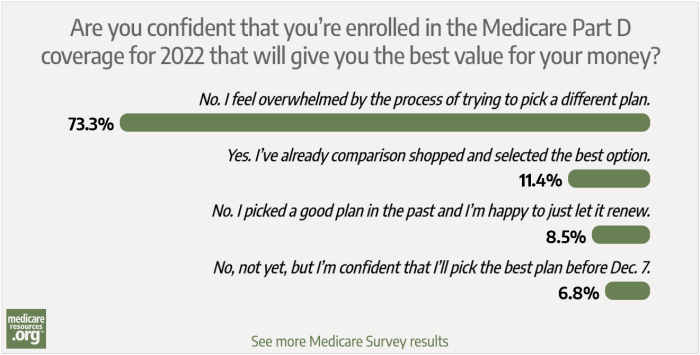What's happening with the Medicare donut hole in 2025?
There will no longer be a Medicare Part D donut hole as of 2025. This is a result of the Medicare Part D changes that have been made under the Inflation Reduction Act. In 2025 and future years, Part D coverage will consist of a deductible phase – if the plan has a deductible – an initial coverage phase that continues until the enrollee reaches the maximum out-of-pocket – $2,000 in 2025 – and then a catastrophic phase during which the enrollee does not have out-of-pocket costs for covered drugs.
What was the Medicare donut hole?
The Medicare Part D program was designed with a gap in coverage: Before the ACA, beneficiaries’ drug expenses (after the deductible) were covered up to a certain dollar amount (on standard plan designs, the beneficiary pays 25% of the cost during this phase), then not covered at all up to another amount, and then more robust coverage would kick in (the beneficiary would pay 5% of the cost, or a nominal copay, at this point). The gap in the middle was called the donut hole.
Initially, enrollees paid 100% of the cost of their drugs while in the donut hole. But the ACA gradually closed the donut hole over several years. It “closed” in 2020, which meant that enrollees with standard Part D coverage paid 25% of the cost of their drugs while in the donut hole. But depending on how a plan was designed, enrollees may still have had different costs before and during the donut hole. And the donut hole continued to be relevant due to the way costs were covered and how they counted towards an enrollee’s out-of-pocket total and reaching the catastrophic coverage limit. But none of that is applicable anymore as of 2025.
What will I pay now that the donut hole has been eliminated?
In 2025, standard Part D plans will have a $590 deductible — until this is met, the enrollee pays 100% of the cost of their medications. Then enrollees will pay 25% of the cost of their covered drugs, until if and when their out-of-pocket costs reach $2,000. After that, they will no longer have to pay anything for covered drugs for the rest of the year.
Your out-of-pocket costs will depend on the specific drugs you take, and whether you have a Part D plan that follows the standard plan design. Plans can offer coverage that’s more robust than the standard design, so there is some plan-to-plan variation.
Enrollees who need expensive medications should also be aware of the new option, starting in 2025, to spread out their drug costs in equal payments throughout the year, instead of having to meet the $2,000 out-of-pocket maximum in the first few months of the year.
Louise Norris is an individual health insurance broker who has been writing about health insurance and health reform since 2006. She has written dozens of opinions and educational pieces about the Affordable Care Act for healthinsurance.org.
Footnotes
Tags: Affordable Care Act, donut hole, generic drugs, Medicare Part D, prescription drugs





